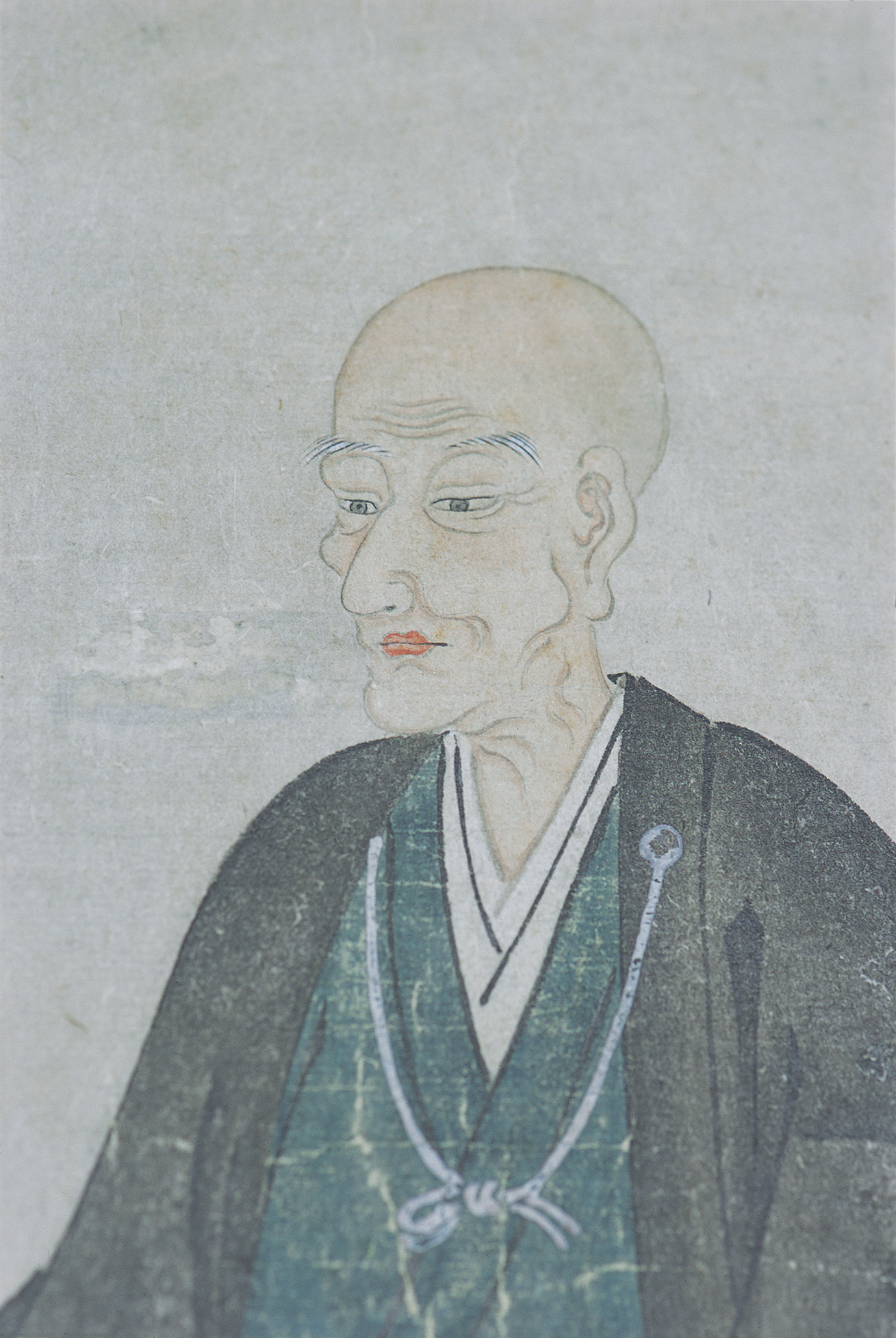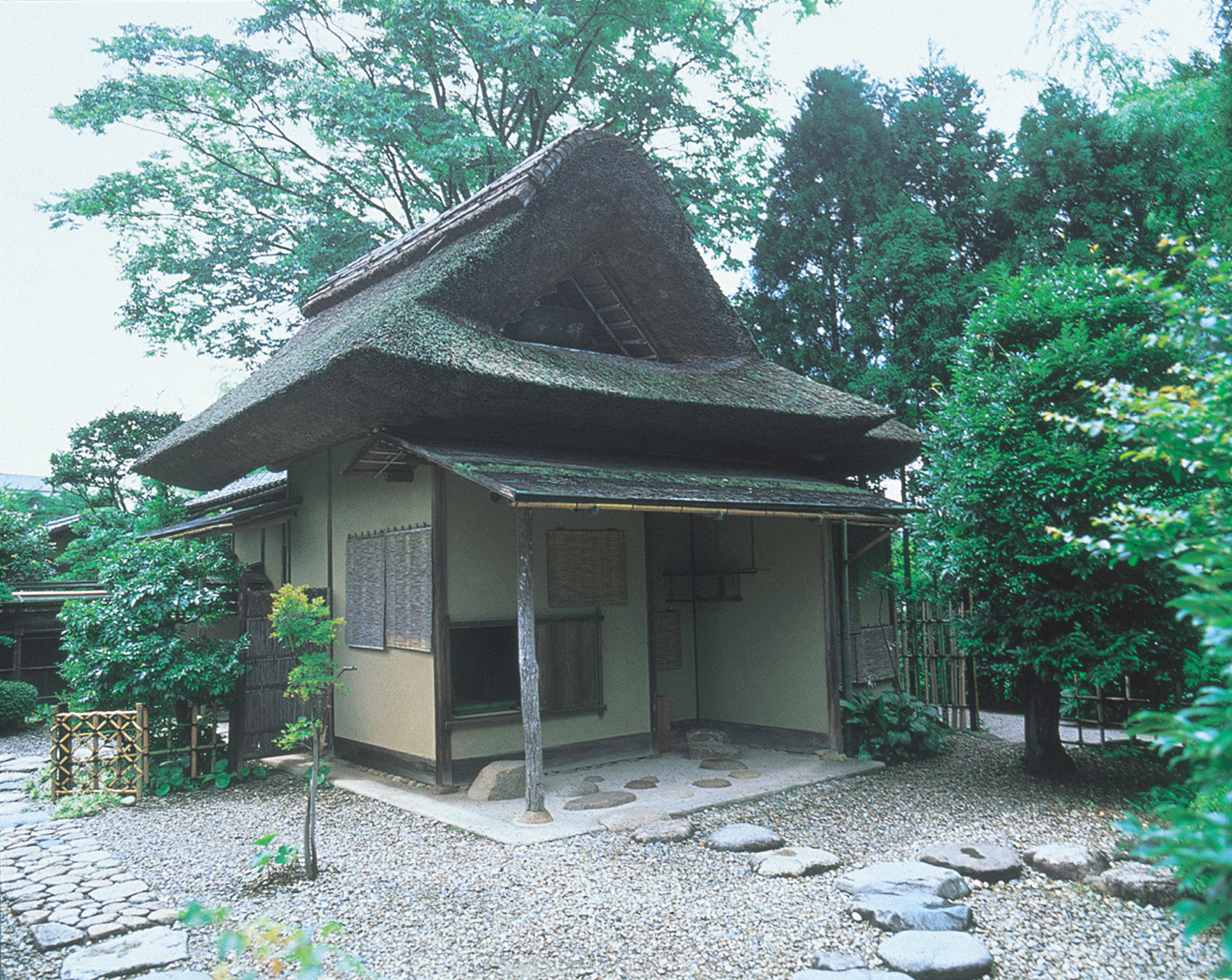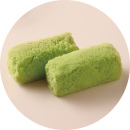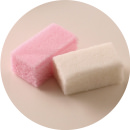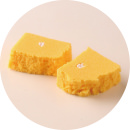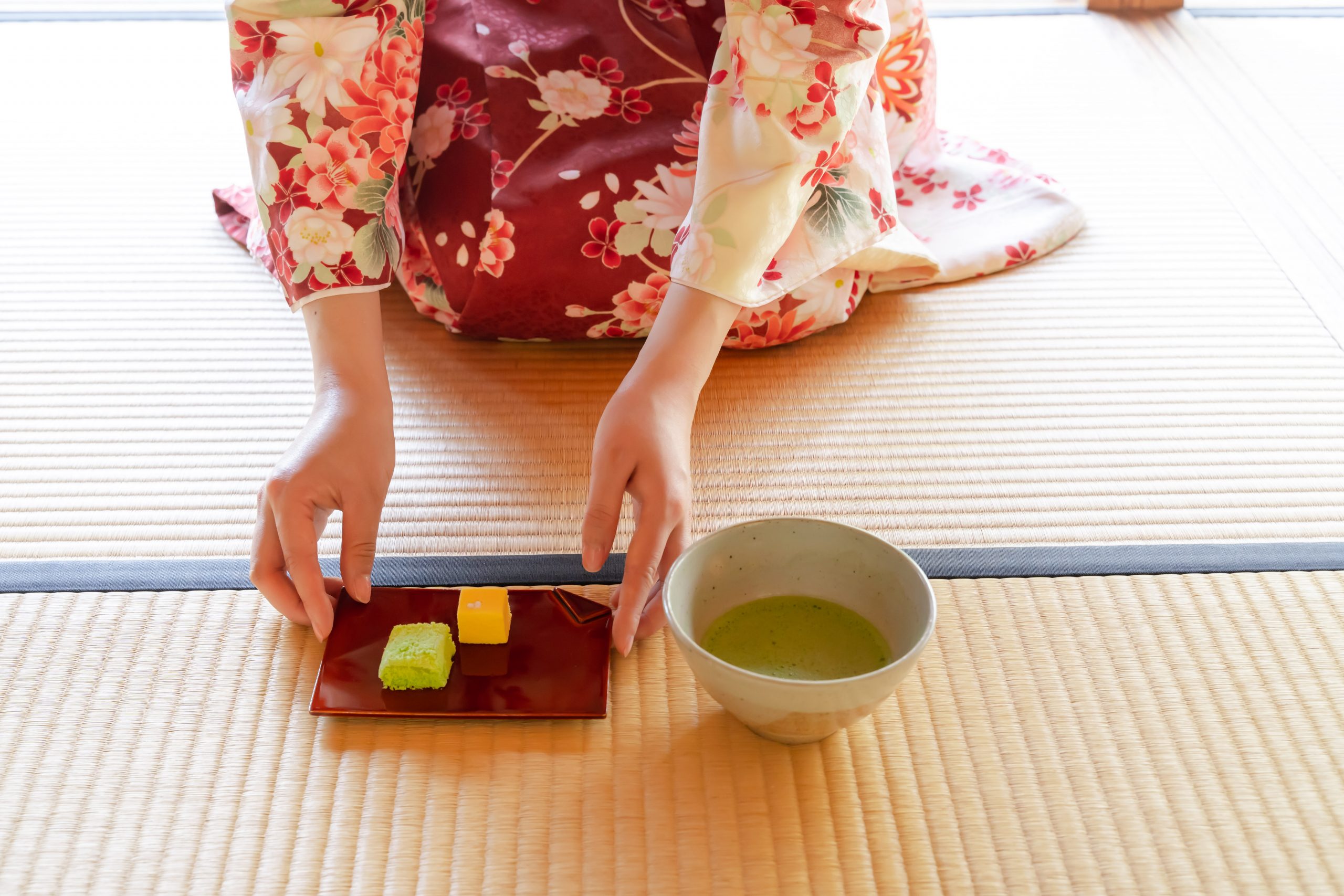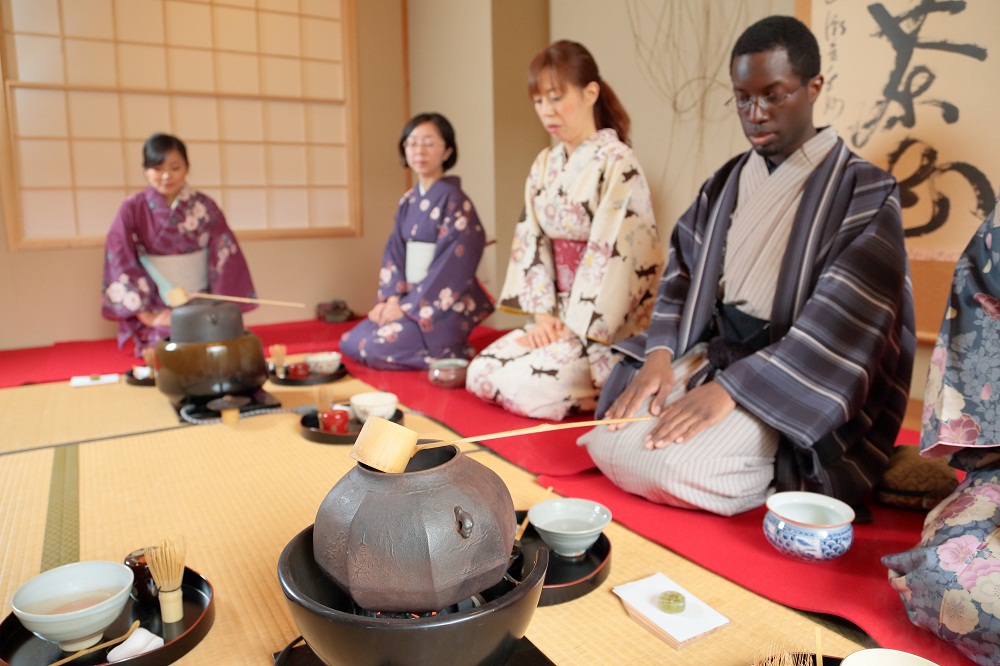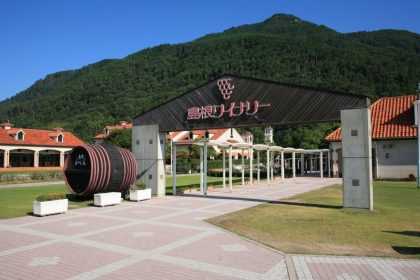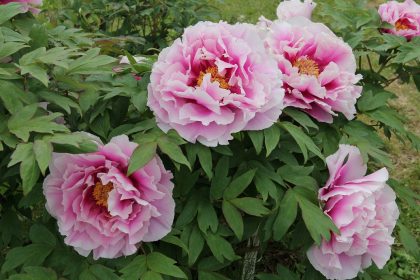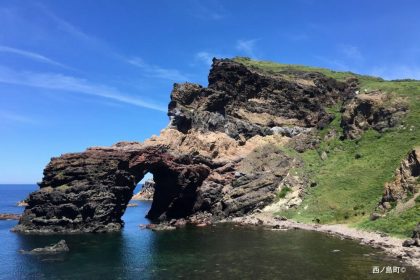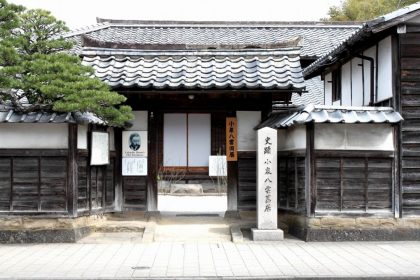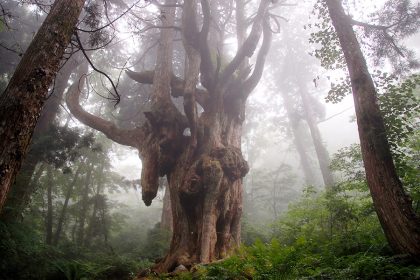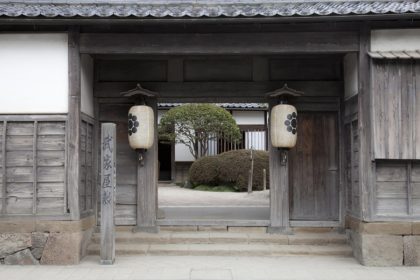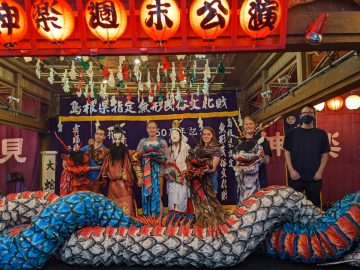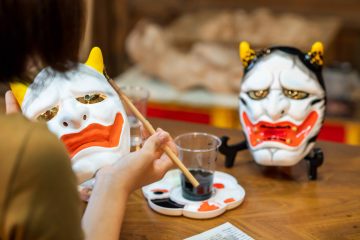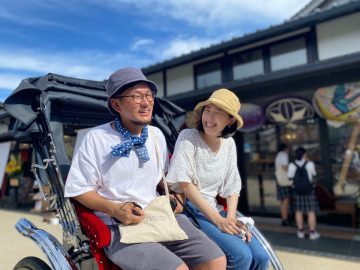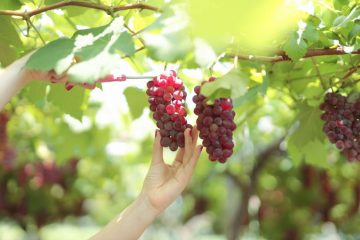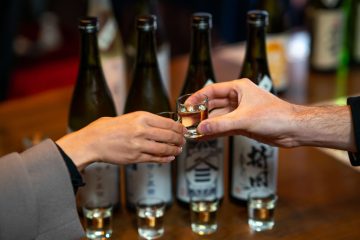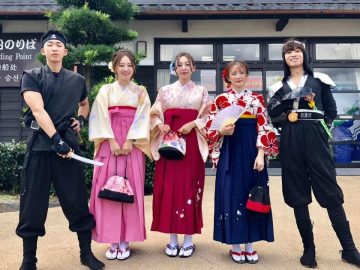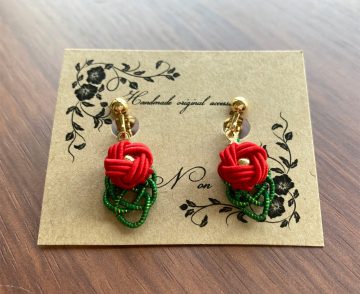Japanese Tea Culture in Matsue
Matsue, the capital city of Shimane Prefecture, is known for its tea culture (matcha culture), which places importance on the tea ceremony and Japanese confectionery. The consumption rate of matcha in the city is said to be as much as five times the national average.
Matsue is also regarded as one of the three major wagashi (Japanese confectionery) cities along with Kyoto and Kanazawa. Matsue used to be a castle town once ruled by the lord who adored matcha and wagashi very much. Thanks to him, wagashi culture has developed with matcha culture in Matsue.
We usually enjoy wagashi with matcha.
Wagashi in Matsue is famous for its delicate and beautiful appearance.
Tea time is essential for citizens in Matsue.
Why is Matsue called the major Japanese tea place?
Matsue developed as a castle town during the middle ages under Lord Harusato Matsudaira, who had a keen appreciation of tea culture and the tea ceremony. Thanks to his patronage, the culture of Japanese confectionery and the tea ceremony spread amongst the people of Matsue.
During the Edo Period Lord Matsudaira developed his own style of tea ceremony called “Fumai-ryu“, which was taken from the nickname he was given by his friends; Lord Fumai. He was famed as a highly cultured individual, particularly with regard to tea ceremony. It is said that his interest in the ceremony had an effect on how he ruled. It is believed that he carried out the tea ceremony in the same way as ordinary citizens did in addition to the aforementioned new ‘Fumai’’ style of tea ceremony.
Unique characteristics of the Fumai Style include its sitting bowing style. While in most schools, you begin your bow by placing your hands on the ground directly in front of yourself, open with palms facing the ground, and your thumbs and fingers forming an open triangle, in Fumai’s style, you place your hands ahead and to each side, with your hands closed and your knuckles on the ground. The reason for this is that Fumai-ko (or lord Fumai) was of the samurai class, and thus his style was designed with samurai and lords in mind. The wagashi sweet selection continues to follow Fumai’s specifications, in particular, his three favorites, Wakakusa (“young grass”), Yamakawa (“mountains and rivers”), and Natane no Sato (“rapeseed village”). When they are eaten before drinking the tea, these three sweets create a nice balance with the bitterness of the matcha.
Today, drinking green tea and matcha is part of the daily lives of the locals in Matsue. Guests are always welcomed warmly with tea.
They enjoy afternoon tea with traditional confectionaries just like English people do, however they drink Japanese tea instead of black tea.
During the Edo Period Lord Matsudaira developed his own style of tea ceremony called “Fumai-ryu“, which was taken from the nickname he was given by his friends; Lord Fumai. He was famed as a highly cultured individual, particularly with regard to tea ceremony. It is said that his interest in the ceremony had an effect on how he ruled. It is believed that he carried out the tea ceremony in the same way as ordinary citizens did in addition to the aforementioned new ‘Fumai’’ style of tea ceremony.
Unique characteristics of the Fumai Style include its sitting bowing style. While in most schools, you begin your bow by placing your hands on the ground directly in front of yourself, open with palms facing the ground, and your thumbs and fingers forming an open triangle, in Fumai’s style, you place your hands ahead and to each side, with your hands closed and your knuckles on the ground. The reason for this is that Fumai-ko (or lord Fumai) was of the samurai class, and thus his style was designed with samurai and lords in mind. The wagashi sweet selection continues to follow Fumai’s specifications, in particular, his three favorites, Wakakusa (“young grass”), Yamakawa (“mountains and rivers”), and Natane no Sato (“rapeseed village”). When they are eaten before drinking the tea, these three sweets create a nice balance with the bitterness of the matcha.
Today, drinking green tea and matcha is part of the daily lives of the locals in Matsue. Guests are always welcomed warmly with tea.
They enjoy afternoon tea with traditional confectionaries just like English people do, however they drink Japanese tea instead of black tea.
Some wagashi you better try in Matsue
The "Three Wagashi of Matsue" as chosen by Lord Fumai
"Wakakusa"
Using high quality glutinous rice to make "gyuhi" (a gummy consistency) covered with green colored flour made of cooked gluten rice.
"Yamakawa"
One of the three major confectionaries in Japan. Red represents the red leaves of autumn and the white represents the river. There is a hint of saltiness amidst the sweetness of this wet hard candy.
"Natane no Sato"
This hard candy portrays the scene of white butterflies fluttering over the rapeseed fields in spring. The white butterfly is made from roasted hulled rice. It is known as one of the spring confectionaries.
"Wakakusa"
Using high quality glutinous rice to make "gyuhi" (a gummy consistency) covered with green colored flour made of cooked gluten rice.
"Yamakawa"
One of the three major confectionaries in Japan. Red represents the red leaves of autumn and the white represents the river. There is a hint of saltiness amidst the sweetness of this wet hard candy.
"Natane no Sato"
This hard candy portrays the scene of white butterflies fluttering over the rapeseed fields in spring. The white butterfly is made from roasted hulled rice. It is known as one of the spring confectionaries.
Wagashi and matcha cafes
There are plenty of Cafes and tea houses to enjoy matcha and wagashi in Shimane.
Go check them out by clicking "View More" down below!
Go check them out by clicking "View More" down below!
Where to experience traditional tea ceremony?
You must be interested in trying Japanese tea ceremony in Shimane!
You can experience traditional Japanese tea ceremony all over Shimane. Here are some of the places you can get lessons on making matcha in the traditional manner. Certified professionals will gently teach you how to enjoy Japanese tea at home. You will be surprised by how every detail will change the taste of tea.
Every October, Matsue has its Matsue Castle Grand Tea Ceremony. The ceremony is known as one of the "Three Big Tea Festivals" in Japan. People are all dressed up in kimonos and about ten different schools of Japanese tea ceremony have performances at the park, where you can enjoy not only matcha and wagashi, but also the view of Matsue Castle as well as a sense of Japanese tradition.
You can experience traditional Japanese tea ceremony all over Shimane. Here are some of the places you can get lessons on making matcha in the traditional manner. Certified professionals will gently teach you how to enjoy Japanese tea at home. You will be surprised by how every detail will change the taste of tea.
Every October, Matsue has its Matsue Castle Grand Tea Ceremony. The ceremony is known as one of the "Three Big Tea Festivals" in Japan. People are all dressed up in kimonos and about ten different schools of Japanese tea ceremony have performances at the park, where you can enjoy not only matcha and wagashi, but also the view of Matsue Castle as well as a sense of Japanese tradition.





















